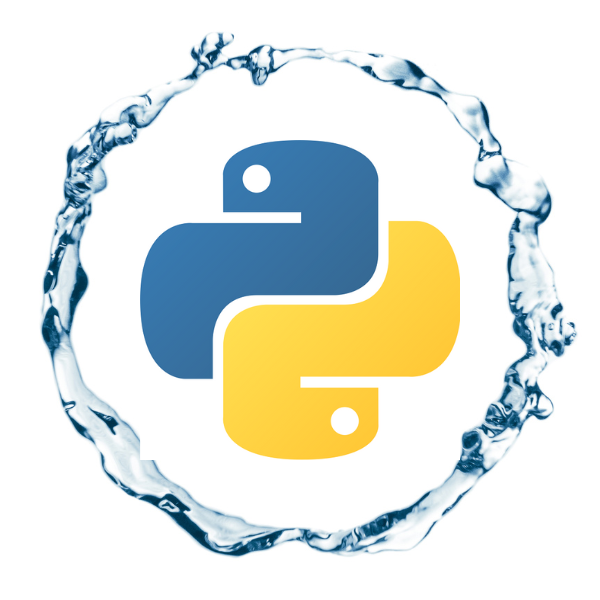Course Overview
Part 1 | Lead by Luk Peeters
Data wrangling and multivariate exploratory data analysis
1. Hydrochemistry data
- Download data from GA’s website;
- Explore data through scatter plots;
- Make a Piper plot (and map);
- Multivariate analysis: principal component analysis, clustering (touching on machine learning in scikit learn).
2. Exploratory Data Analysis APY Lands groundwater dataset
- Load pre-compiled dataset;
- Summarise dataset;
- Visually explore relationships and test hypothesis in the dataset using violin-plots.
3. Datacube: AWRA
- Load dataset of Australian Water Resources Assessment model from Bureau of Meteorology website;
- Visualise and explore maps and time series of AWRA outputs;
- Multivariate analysis and visualisation.
Part 2 | Lead by Chris Turnadge | Time series analysis
1. Data pre-processing
- Using interpolation to fill gaps;
- Detection and removal of outliers;
- Resampling to higher or lower sampling resolution;
- Temporal differencing;
- Detrending data using time and frequency domain methods.
2. Decomposing hydrograph data
- Quantifying the relative contributions of component processes.
3. Interpreting responses to time-lagged processes
- Demonstration of convolution;
- Regression deconvolution.
4. Interpreting responses to periodic processes
- The discrete Fourier transform;
- Periodogram-based approaches;
- Harmonic least squares.
Part 3 | Lead by Vincent Post | Data visualisation
1. Data visualisation and linking it with Google Earth;
2. Visualisation of modelled flowpaths in 3D;
3. Evaluation of pumping tests.
Format
The course is delivered through units via the learning platform (LMS).
- This course is designed to be highly practical, with 6+ hours of training session recordings;
- Pre-and-post-course materials to go through via the LMS;
- Exercises between the 3 parts;
- Manual of the course and working model download/s;
- Ability to access all the online course materials with unlimited course access for 30-days.
Preparation
Pre-course reading and video watching is encouraged.
Requirements
A good internet connection and software and downloads as described in the learning platform.
Outcome
On completion of the course attendees will be issued with a Certificate of Participation.
Refund Policy
Frequently Asked Questions (FAQ)





